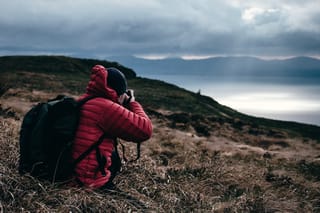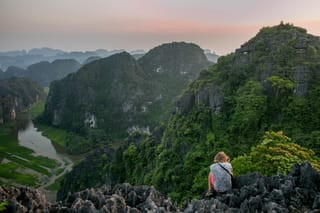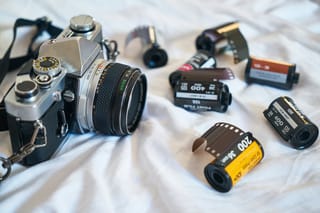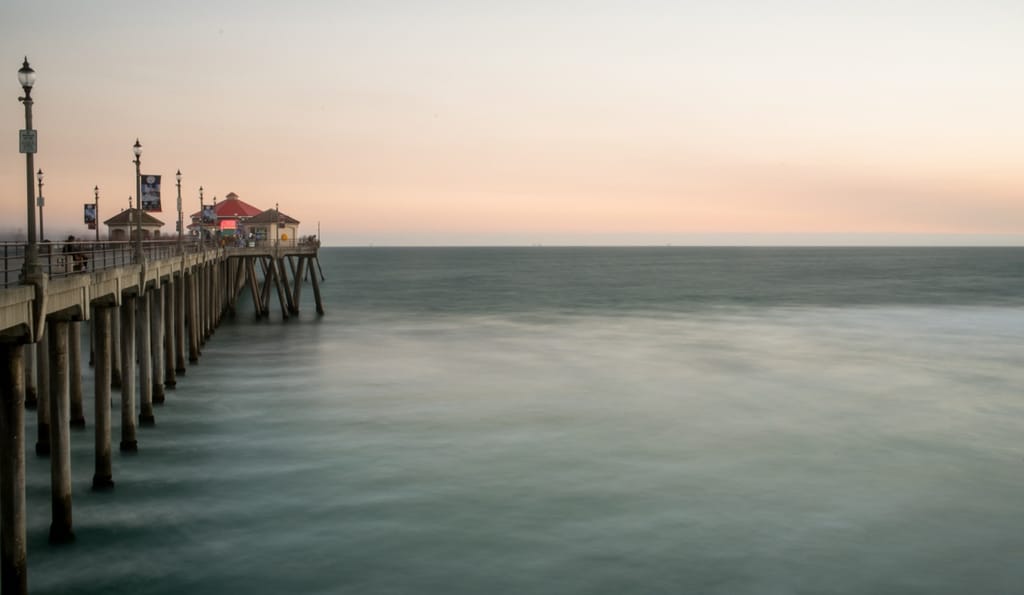
I’ve always been inspired when I see photos of waterfalls and oceans that look as smooth as glass with the water reflecting the sky and lights, showing movement in a still photo. I’ve just recently put some thought into that inspiration, and decided to start looking into how to make that sort of photograph.
I understand that slowing down a shutter will provide movement blur, but how does that work in bright light? One easy way – an ND Filter! Somehow, I’ve managed to play with cameras for years, without ever using one of these filters. Simply put, an ND filter is a piece of dark glass that blocks light from entering your photo. The strength of the filter is measured in how many stops of light are being blocked. They start at a simple grey and go to an almost solid black.
ND filters come in various strengths from 1 stop to 10 stops (or more). They also come in variable strengths that you change by rotating the filter (like a circular polarizer). Some are variable with only a portion of the filter darker (half of the filter, to darken a sky in a landscape scene, for instance).
The standards of strength are:
- .3 (1 Stop)
- .6 (2 Stop)
- .9 (3 Stop)
- 1.2 (4 Stop)
- 1.5 (5 Stop)
- 1.8 (6 Stop)
- 2.1 (7 Stop)
- 2.4 (8 Stop)
- 2.7 (9 Stop)
- 3.0 (10 Stop)
Different brands label their filters slightly differently, but the numbers above are standard for picking out a filter strength. One of the most common seems to be the .9, or 3 stop, filter. I almost went with that strength to play it safe, but I live in the very bright state of California, so I wasn’t sure that it would slow things down enough. Therefore, I chose to just jump in and get a 1.8 (6 stop) filter to use first.
At a fairly strong 6 stop darkness, I expected that it would handle bright sunshine, but still allow me to slow down a wave in the ocean.
The next step was to get a good tripod that would keep my camera steady while I’m shooting several second long exposures. Once I had the filter and the tripod, I headed to the beach. As luck would have it, an off-shore hurricane was rushing the coast with big waves, so the water really put on a spectacular show. The sunny blue skies were so bright, that I struggled to really slow things down at first. As sunset approached though, things got a bit darker, more colorful, and I could slow the shutter down to 30 seconds or longer.
Here are some photos of the waves, with quick shutters (no ND filter):


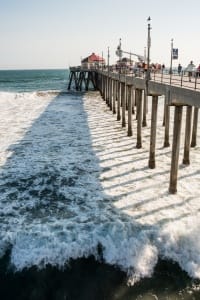
Here are some slowed down photos, turning the waves into soft, beautiful motion (with ND filter):
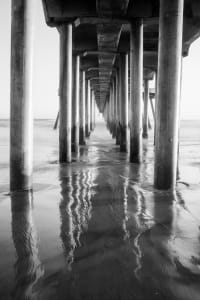
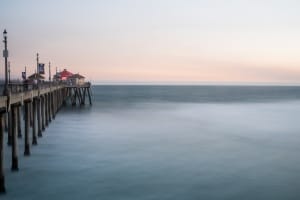
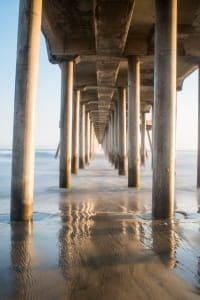
Comparison shots, with and without filter:
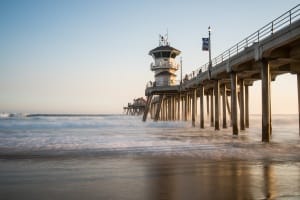
 Additionally, I used the filter to get some movement of people strolling on the pier – here is a with and without of that:
Additionally, I used the filter to get some movement of people strolling on the pier – here is a with and without of that:
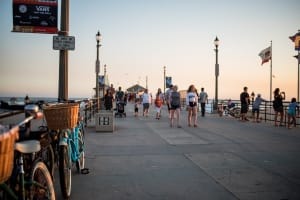

Sunsets really pop when you let more of that color and light come into play – the longer exposure time allows for the color range to expand greatly:
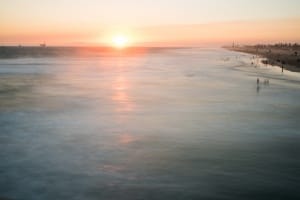
This was a really fun, inexpensive, and easy way to add some creativity to my photography. Blocking light can add an entirely new dimension to a photo, and while the ocean and waves are beautiful just the way they are… adding some motion into a still photo adds an extra level of beauty. Trying something new always seems to get my creative energy flowing!
To see more photos from Andrea, visit her at wanderingalways.com or @wanderingalways.

